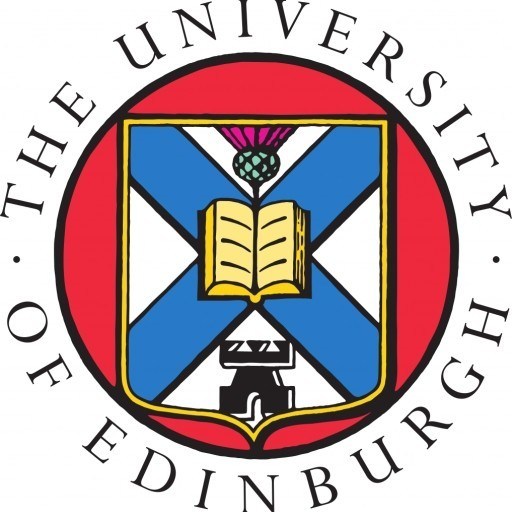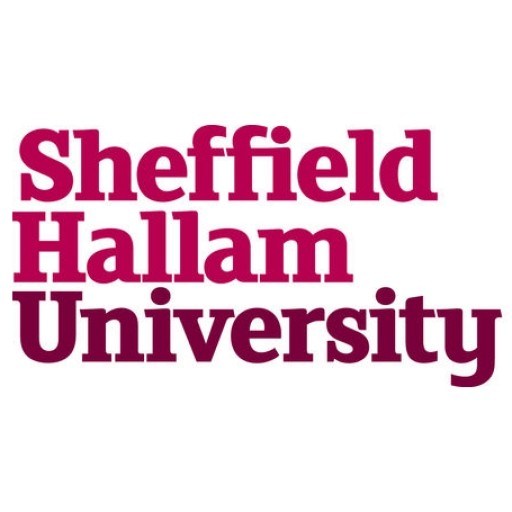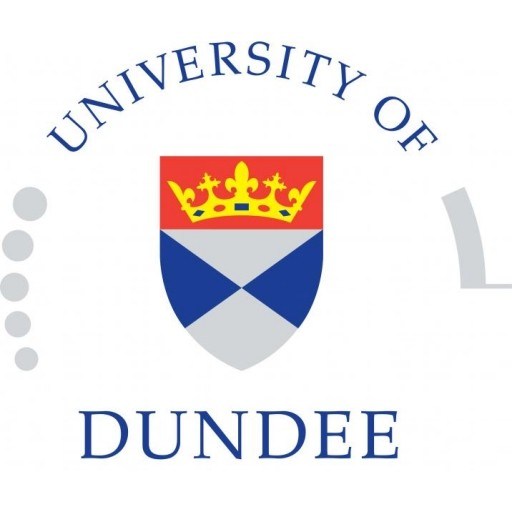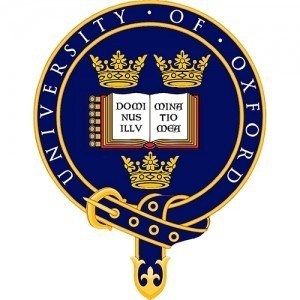Photos of university / #edinburghuniversity
Jewellery and Silversmithing at the University of Edinburgh offers students a unique opportunity to develop their skills and creativity in the craft of designing and making fine jewellery and silverware. Our programme combines traditional craftsmanship with contemporary design innovation, providing a comprehensive education in materials, techniques, and the visual language of jewellery and silversmithing. Students will gain practical experience in working with precious metals, gemstones, and other materials, as well as an understanding of the history, theory, and professional practices of the craft industry. The curriculum is designed to foster originality, technical proficiency, and critical thinking, preparing graduates for careers in design, manufacturing, art, and entrepreneurial ventures within the jewellery and silversmithing sectors. Throughout their studies, students will have access to state-of-the-art workshops and facilities, supported by expert tutors with industry and academic expertise. Emphasis is placed on developing a personal artistic voice, exploring innovation within traditional practices, and engaging with contemporary debates around craftsmanship and sustainability. The programme encourages collaboration, exhibitions, and project work that connect students with the wider artistic community, enhancing their professional portfolios. Graduates of the programme are equipped not only with technical mastery but also with a strong conceptual foundation, making them competitive in the global jewellery and silversmithing industries. Whether aspiring to artisanal craftsmanship, design innovation, or academic research, students will leave the programme prepared to contribute creatively and ethically to their field.
Year 1, Academic year 2016/17, Starting month: SeptemberCOMPULSORY COURSES This DPT has 4 compulsory course(s).
|
Year 2, Academic year 2016/17, Starting month: AugustCOMPULSORY COURSES This DPT has 3 compulsory course(s).
COURSE OPTIONS This DPT has 1 set(s) of course options with the following rules. Select exactly 20 credits from the following list of courses, during Full Year or other period.
|
Year 3, Academic year 2016/17, Starting month: AugustCOMPULSORY COURSES This DPT has 0 compulsory course(s).
COURSE OPTIONS This DPT has 14 set(s) of course options with the following rules. Overarching rule collection group: A Select exactly 60 credits from these collections:
AND
OR
AND
OR
AND
AND
Overarching rule collection group: B Select exactly 60 credits from these collections:
AND
OR
AND
OR
AND
AND
|
Year 4, Academic year 2016/17, Starting month: August
COMPULSORY COURSES This DPT has 4 compulsory course(s).
|
- Attestat plus completion of a recognised foundation programme Or At least one year of the Bakalavr or Specialist degree with an average grade of 'good' (4.0/5.0)
- IELTS Academic module overall 6.5 with 5.5 in each component
- TOEFL-iBT 92 or above with 20 in each section
- Cambridge English: Advanced & Proficiency overall 176 with 162 in each component
- Pearson Test of English (Academic): Total 61 with at least 51 in each "Communicative Skills" section
- Trinity ISE: ISE II with a distinction in all four components
Mini-portfolio
Applicants will be asked to submit a digital mini-portfolio to provide evidence of artistic aptitude and potential, this will form an important part of the selection process. The deadline for mini-portfolio submission is 12:00 noon GMT on Tuesday 31 January 2017 and late mini-portfolio submissions will not be accepted. Applicants applying to enter Year 2 of our programmes, who pass the first stage of selection, will be invited to bring a full portfolio to an Applicant Day.
Important dates
- Early November 2016: Mini-portfolio submissions site opens
- 15 January 2017: UCAS deadline for Home/EU applicants
- 31 January 2017 (12:00 non GMT): Mini-portfolio submission deadline
- 13-17 March 2017: Applicant Days for applicants applying to enter Year 2
- 30 June 2017: Final deadline for UCAS applications from applicants from outside the EU.
BTECs
Applicants studying the Pearson BTEC Diploma in Art and Design will be considered for entry with the following:
- Pearson BTEC Level 3 Extended Diploma in Art and Design with Merit.
- Pearson BTEC Level 3 Diploma in Art and Design with Merit plus one A Level at Grade B.
- Pearson BTEC Level 3 Subsidiary Diploma in Art and Design with Merit plus two A Levels at Grade B.
The MSc in Jewellery and Silversmithing at the University of Edinburgh offers a diverse range of financing options for prospective students. Tuition fees for international students are typically higher than for UK or EU students, with exact amounts varying annually; applicants are advised to consult the university's official fee schedule for current figures. In addition to tuition, students should consider additional costs such as materials, studio use, and equipment, which are integral to the practical nature of the programme. The University of Edinburgh provides several funding opportunities including scholarships, bursaries, and grants tailored specifically for postgraduate students in arts and design disciplines. These scholarships may be awarded based on academic merit, financial need, or both, and deadlines vary each academic year. Students are encouraged to explore external funding sources such as government loans, private scholarships, and industry sponsorships, which can provide substantial financial support. The university’s financial aid office offers guidance on available funding and the application procedures. For UK residents, there are also possibilities for student loans provided through government schemes, which cover tuition fees and living costs. Part-time work opportunities within the university or in the local area can help offset living expenses, with positions often available in university libraries, support services, or administrative roles. Additionally, some students may qualify for research council funding if their study includes a research component, although this is more common in doctoral studies. International students should also investigate scholarships available specifically to students from their home countries. It is recommended that applicants begin financial planning early to identify the most suitable funding sources and ensure they meet all application deadlines. The university’s financial support services can assist in developing a comprehensive funding plan, which includes tuition fees, accommodation costs, study materials, and personal expenses. Overall, funding for the MSc in Jewellery and Silversmithing is multifaceted and requires proactive planning, but numerous resources are available to help students manage their financial commitments effectively during their studies at the University of Edinburgh.
The Jewellery and Silversmithing program at the University of Edinburgh offers students a comprehensive education in the craft, design, and conceptual development of jewellery and silverware. The program combines practical skills with theoretical understanding, allowing students to develop their technical proficiency in various techniques such as metalworking, gemstone setting, enamelling, and casting. Students are encouraged to explore innovative approaches to designing and creating unique pieces, fostering their individual artistic voices within a supportive academic environment. The curriculum includes modules in design principles, history and theory of jewellery and silversmithing, material science, and sustainable practices, providing a well-rounded education that combines tradition with contemporary practices. Facilities are equipped with state-of-the-art workshops and studio spaces, enabling hands-on learning and experimentation. The program emphasizes critical thinking, originality, and craftsmanship, preparing graduates for professional careers in the jewellery and silversmithing industries, gallery and museum curation, or further academic research. Students have opportunities to participate in exhibitions, workshops, and industry placements, broadening their practical experience and professional networks. Faculty members are active practitioners and scholars who bring a wealth of expertise and industry contacts. The university fosters a vibrant creative community, encouraging collaboration across disciplines such as design, fine arts, and craft. Overall, the Jewellery and Silversmithing program aims to cultivate highly skilled, innovative, and reflective practitioners who can contribute to the evolving field of decorative arts.





